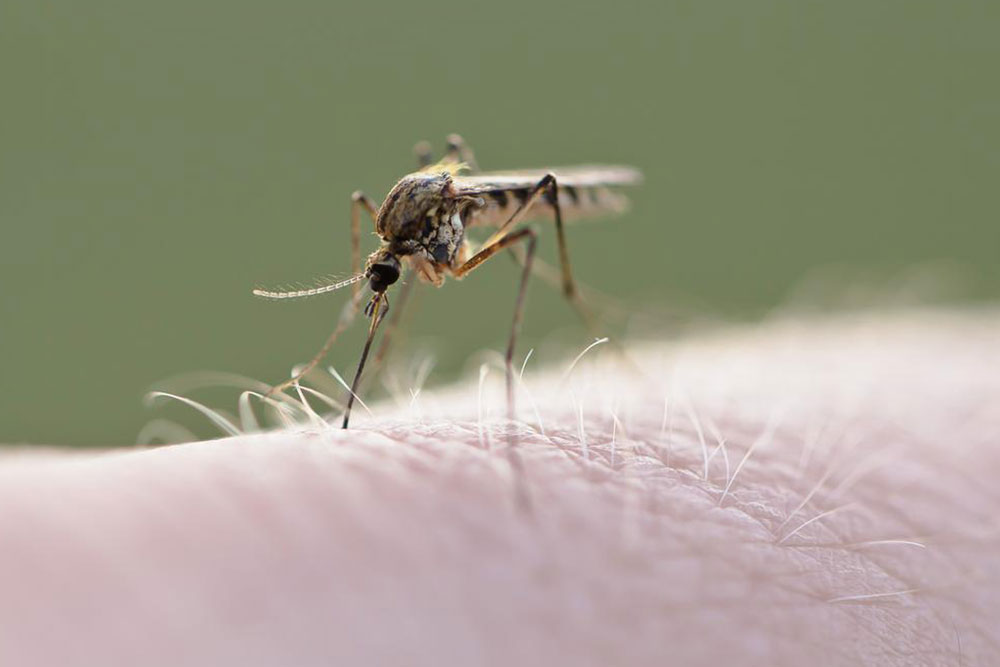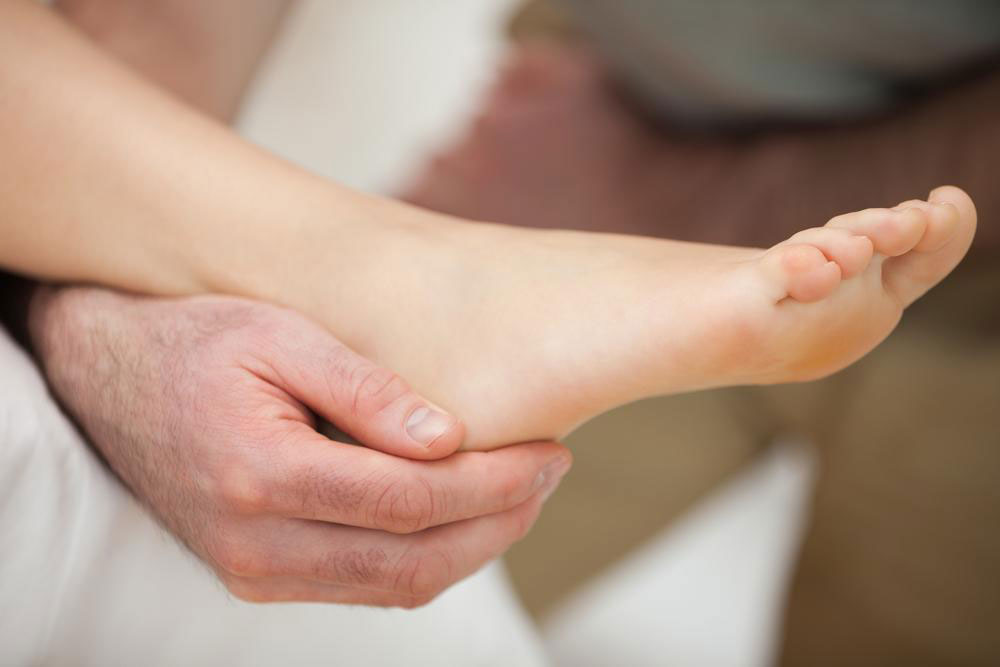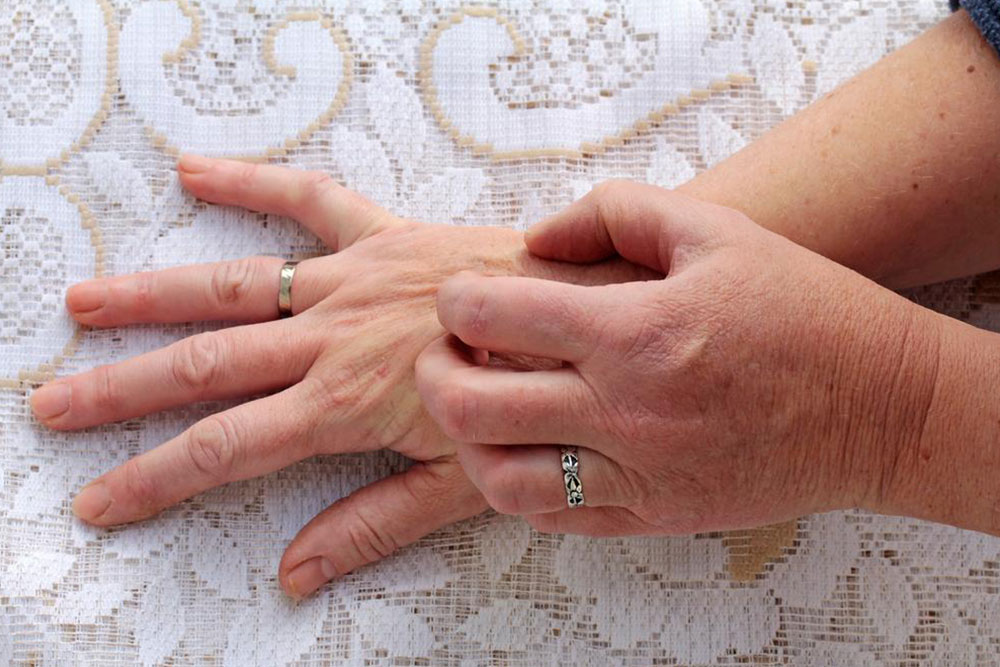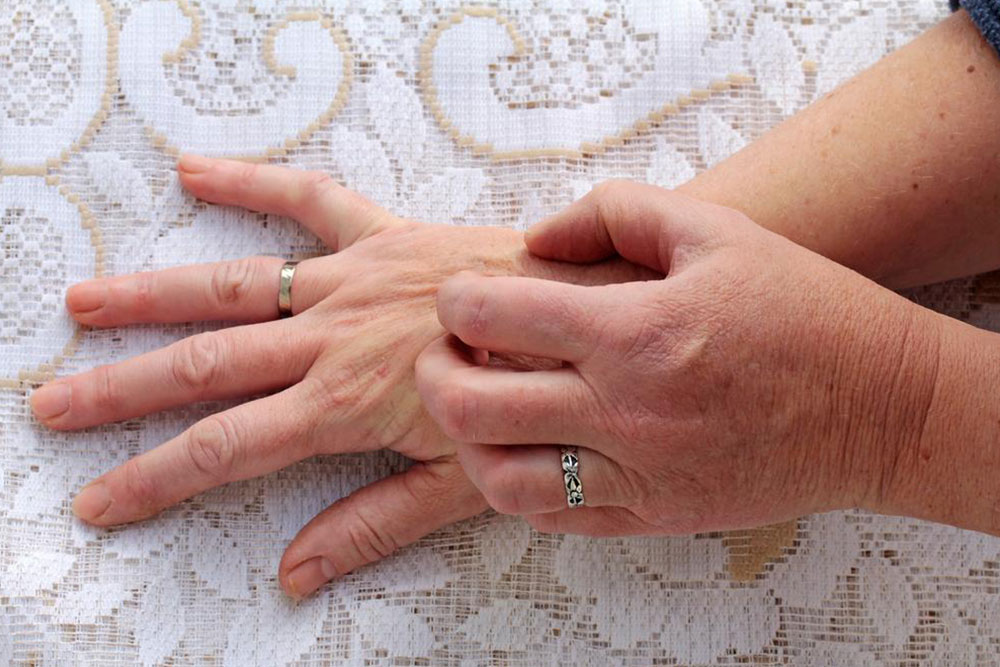Essential Guide to Recognizing and Managing Insect Bites
Learn how to identify and treat common insect bites, from mosquitoes and bees to spiders and fleas. This guide highlights key symptoms, regional risks, and effective management strategies for safe outdoor and indoor experiences, especially during the US summer season. Understanding insect behavior and bite signs helps prevent complications and ensures proper treatment, making travel and outdoor activities safer and more enjoyable.
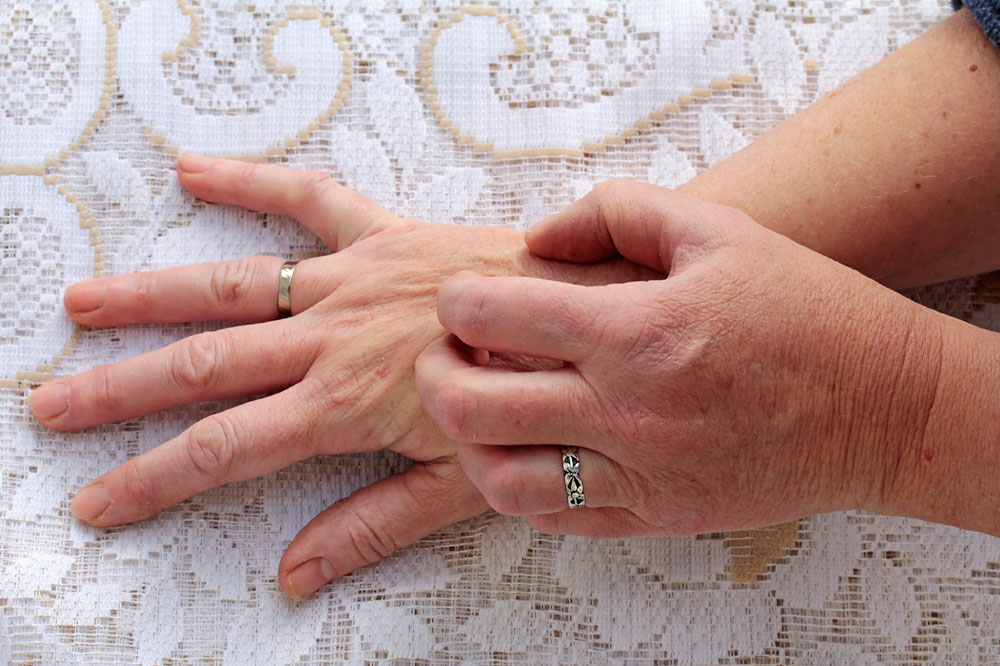
Understanding Insect Bites for Effective Management
Insect bites can range from minor annoyances to serious health threats. With changing weather patterns, insects and bugs are more active and can invade both outdoor and indoor spaces. While preventing all encounters is impossible, accurately identifying insect bites is crucial for proper treatment and prevention. During warm US summers, outdoor activities like barbecues and beach trips increase exposure to bites and stings.
Detecting an insect bite early helps in administering the right treatment and avoiding complications. Mild bites often respond well to antihistamines and simple pest control measures. Outdoor bites from bees and wasps can cause pain but are manageable with ice packs and analgesics. Regions in southern and western US may face venomous spider bites, such as black widow spiders with identifiable orange and red fang marks. Others, like the brown recluse, can cause dangerous skin reactions. In the southern US, chiggers and fire ants cause painful, burning sensations. Flea bites lead to itching and irritation, treatable with hydrocortisone cream. Insects like deer flies can cause bacterial infections, while mosquitoes are vectors for diseases like West Nile virus, dengue, and malaria.
Effective recognition of insect bites involves observing specific signs:
Outdoor bites: mosquitoes, ticks, or spiders
Near food/garbage: flies, bees, wasps
Indoor bites: fleas
Southwest US: scorpion stings
Beach areas: sand fleas
Small red, itchy marks: mosquito or fly bites
Red but painless marks: ticks
Head rash: lice bites
Insect bites can be painful or pose health risks if left untreated. Recognizing patterns and symptoms aids in targeted treatment. The US Department of Health and Human Services offers detailed guidance on prevention, identification, and safe use of repellents. Proper identification—sometimes by collecting the insect—can streamline treatment at home or with medical help. Awareness of dangerous species like black widow and brown recluse spiders, along with protective measures, ensures safety during travels and outdoor activities.

